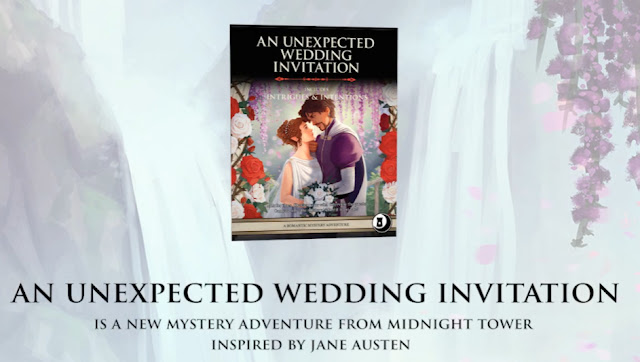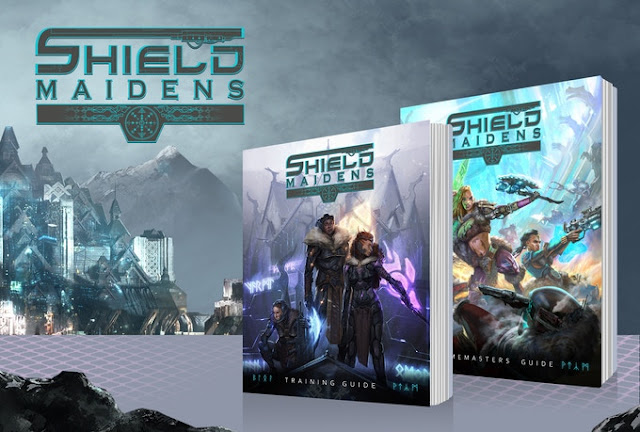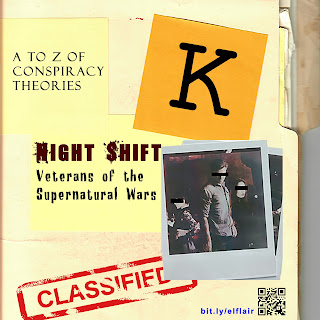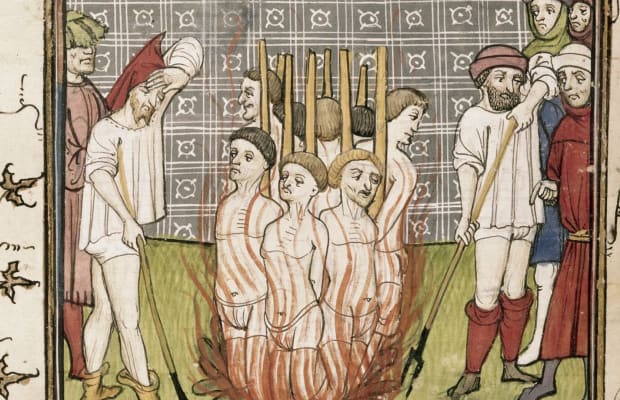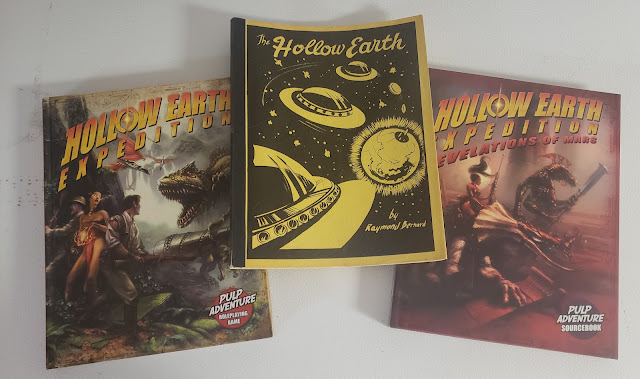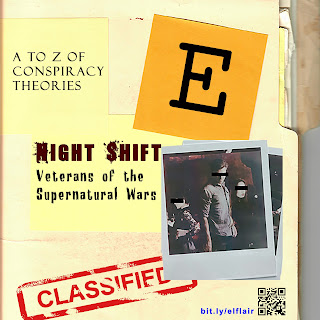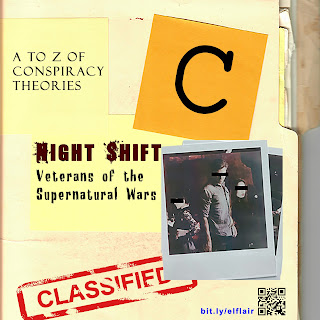#AtoZChallenge2022: N is for New World Order
 The A to Z of Conspiracy Theories: N is for New World Order
The A to Z of Conspiracy Theories: N is for New World OrderThe New World Order is a conspiracy theory that gets rolled out once every few years. We are about due for it to come back up.
The idea behind it is that some great disaster, usually a false flag one, will cause all the countries in the world to cede control to some World Government, usually the UN, so there is a one-world government.
The term seems to come from early 20th Century political figures Woodrow Wilson and Winston Churchill. It was much later popularized again by the first President George Bush.
There are SO MANY conspiracy theories about the New World Order. More than I could even pretend to cover here. But here are a few.
The first big one centers around the "End Times" of the New Testament. Some readings of Revelation led people to people that the time of the Anti-Christ would coincide with the rise of a One World government. This one got a lot of press back in the time when the European Union was founded (1993). I remember having a conversation with a woman I worked with at a head injury clinic. Like me she was a Qualified Mental Health Professional so not a dumb person by any measure, in fact very bright and very good at her job. Yet she told me she was not making any plans for the future. She took the formation of the EU as a sign of the Beast returning. She even pointed out to me that the number of countries was the same as the number of horns of the great beast. I don't think she was right, but she was convinced. She even told me she expected the world to be over by 1999. I kinda wish I had kept in contact with her.
There is a New Age philosophy that takes the NWO into a positive light with the arrival of the Age of Aquarius. This will be a new age of peace and love. I have used these ideas before with my witches and Sisters of the Aquarian Order.
There are plenty more involving the Illuminati and the Masons (of course).
David Icke, in particular Icke fashion, claims this is the time when we will be invaded by aliens.
And there are more, but you get the idea.
There are so many problems with any sort of New World Order. I am not saying that we won't get to a One World Government, but it won't be any time soon.
 Capt. Burnham and Earth's President in the 32nd Century
Capt. Burnham and Earth's President in the 32nd CenturyHonestly, look at Brexit. Not even Europe can hold itself together even when there are solid financial reasons to do so.
Plus there is no single body of government that can even make the claim of being able to gather everyone together even through force.
New World Order conspiracy theorists have a remarkable faith in humanity that I simply do not share.
For NIGHT SHIFT
If anything the world of NIGHT SHIFT is even more chaotic than our real world. Getting humans together is hard enough. Add a bunch of supernatural creatures on one side and now a bunch of extraterrestrials on the other side, the notion of a New World Order is laughable. Unless...
There is fear of a New Word Order, and the ones that are feared are normal humans. This works well with my Ordinary World setting. Here the supernatural creatures are worried that humans will discover all about them and wipe them out. As we know, scared groups tend to panic, and panicked groups tend to lash out violently.
The situation would play out with various groups of supernatural creatures working together that normally hate each other joining forces to fight what they consider the bigger threat, united humanity.
A bit like this.
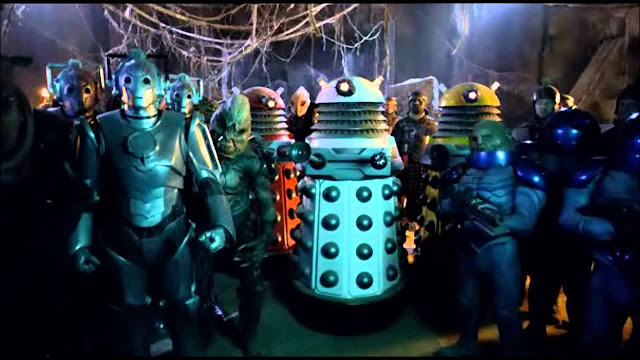
And like the Doctor Who episode, The Pandorica Opens, they gather together based on a faulty premise. The Doctor wasn't destroying the universe and the humans are not gathering together to destroy all the supernatural. Well...no more than usual. And certainly not a coordinated effort.
So no New World Order here.
--
Of course, this song was the first thing I thought about.
The NIGHT SHIFT RPG is available from the Elf Lair Games website (hardcover) and from DriveThruRPG (PDF).



